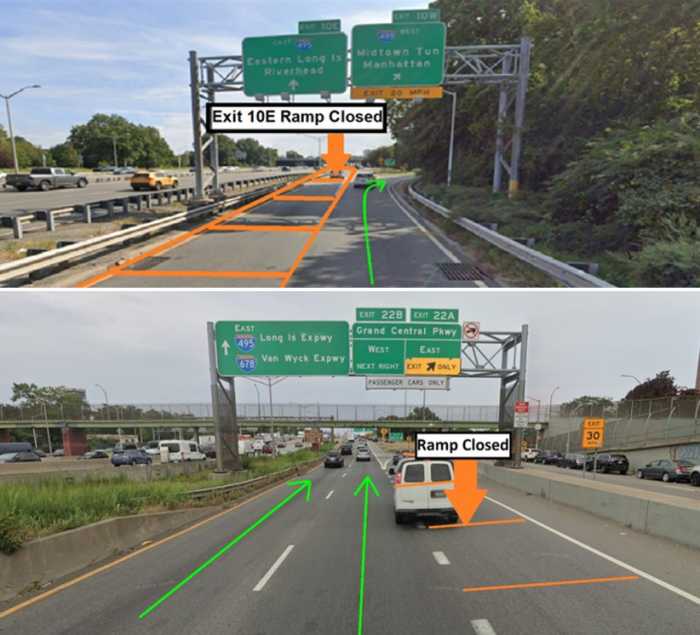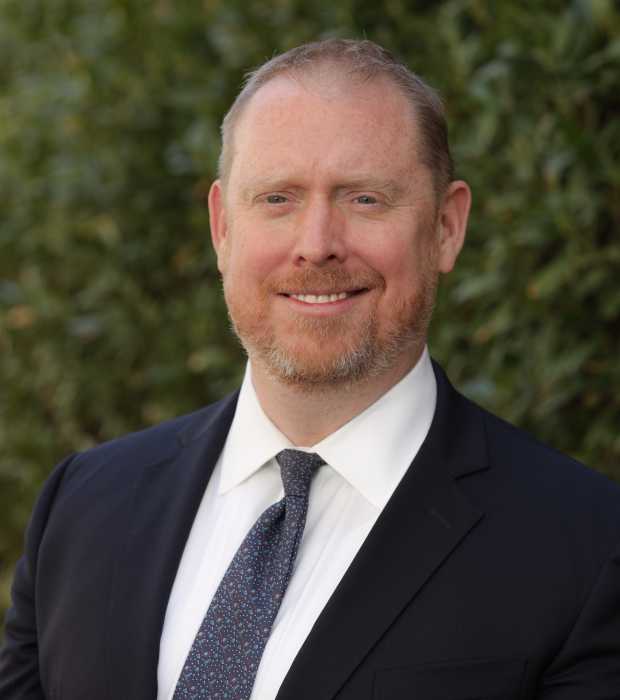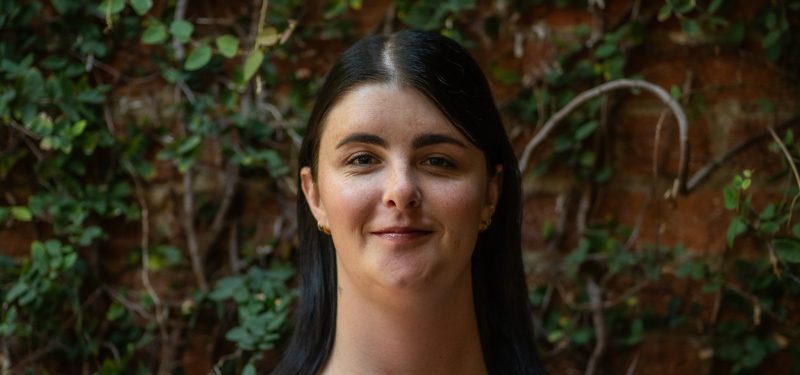By John Tozzi
“HIV and AIDS have changed,” said Michael Buscemi, the regional health instruction specialist for the area that covers most of eastern and central Queens. “There has become, as some of you may know, a kind of AIDS complacency,” he told parents at a meeting of Community District Education Council 26 at MS 74.Because of new and more effective treatments, Buscemi said, the disease has lost some of the urgency once associated with it. At the same time, public health officials are finding that younger and younger people are contracting HIV.The number of New Yorkers between the ages of 13 and 19 living with HIV or AIDS jumped from 966 in 2001 to 1,440 in the first quarter of 2005, according to statistics from the city Department of Health. In the first three months of last year, people in that age group accounted for 3.7 percent of new HIV diagnoses in the city, up from 1.9 percent in 2001.In a separate data set, the city found 4,503 people between the ages of 13 and 21 diagnosed with HIV or AIDS in 2004. Some 13 percent of those diagnosed lived in Queens at the time, the lowest rate in any borough besides Staten Island. Infection rates were disproportionately higher among blacks and Hispanics.Buscemi said the Department of Education's updated curriculum – some 400 pages of lessons available on the DOE Web site, www.nycenet.edu – is crafted to be accurate and age appropriate. While the lessons discuss prevention methods other than abstinence, Buscemi said the curriculum stresses abstinence as the only way to be 100 percent safe.The new curriculum requires five lessons annually for grades K-6 and six lessons for grades 7-12. But while the lessons are uniform, the DOE has left it up to principals to decide when and how they will be taught – in what classes, co-ed or same sex, and at what point in the school year.”We're not telling them how they have to do it,” Buscemi said. “We're saying the lessons have to get done.”He also said the curriculum is designed to draw parents into teaching their children about the disease. While teachers are instructed to stress compassion and tolerance, they are not allowed to answer questions about religious or moral values and must refer students to their parents.The lessons discuss what HIV and AIDS are, how the disease is transmitted and what people can do to prevent it. Sexual contact is not mentioned before grade four, and the lessons become more frank and detailed in higher grades.In grades seven and eight, teachers are encouraged to answer questions if students ask about risks involved in different sexual practices, including oral, vaginal and anal sex. For high school students, these concepts are introduced by the teacher.”Teachers are not anxious to jump out and talk about this stuff,” Buscemi said.Parents have the right to remove their children from the prevention lessons if they agree to teach them at home, but Buscemi flatly admitted the DOE has no way to enforce that.While the parent council leaders seemed broadly receptive to the curriculum, some wondered why the CDEC, which is empowered to advise the DOE on curriculum development, was never consulted.”Why is it that this is the first time you're seeking our advice?” asked Rob Caloras, president of CDEC 26. “We're not teenagers.”Before the lessons were made public, the DOE faced similar criticism from CDEC 24 in western Queens.Reach reporter John Tozzi by e-mail at news@timesledger.com or by phone at 718-229-0300 Ext. 188.


































